Taylor White is a former editorial intern at Spectrum and a graduate student at New York University’s Science, Health and Environmental Reporting Program. Taylor writes about public health and technology. She has a B.S. in biology with minor in journalism from Suffolk University in Boston, Massachusetts.
Taylor White
Intern
From this contributor
Proteome map identifies more than 90 percent of all human proteins
Researchers expand on the already enormous progress made on the Human Proteome Project

Proteome map identifies more than 90 percent of all human proteins
Infant hearing test might be sound predictor of autism
Babies who are later diagnosed with autism have a sluggish brain response to sound on a universal newborn hearing screen.
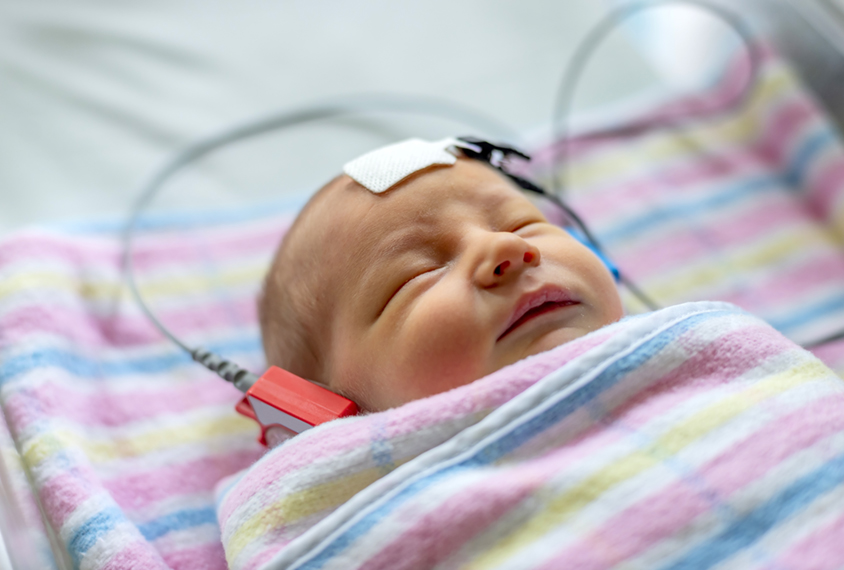
Infant hearing test might be sound predictor of autism
Test gauges autistic children’s verbal abilities in natural settings
An interactive assessment allows clinicians and researchers to evaluate an autistic child's use of language in everyday social situations.

Test gauges autistic children’s verbal abilities in natural settings
Puberty may arrive early for some autistic girls
Girls with autism tend to start puberty earlier than their peers do, which may intensify their social difficulties and put them at an increased risk for bullying and mental health conditions such as depression.
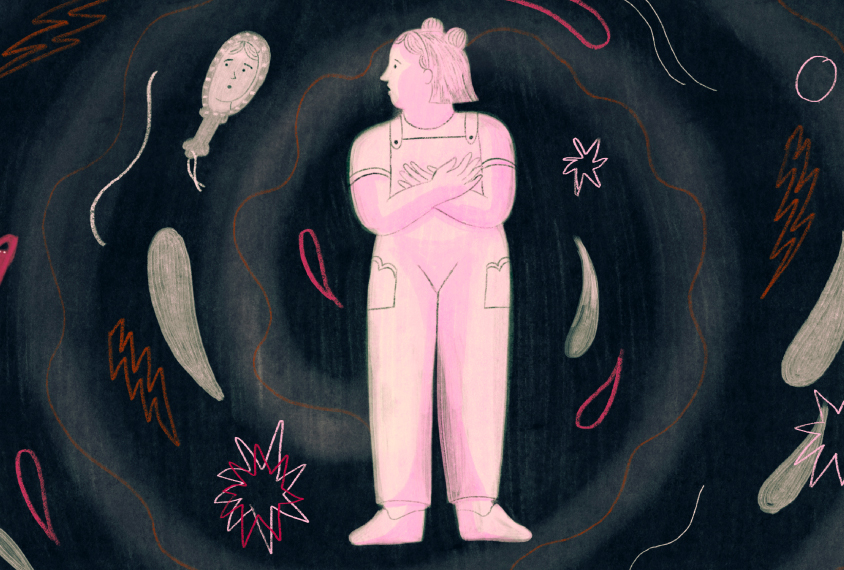
Puberty may arrive early for some autistic girls
Traits in mothers may signal gene variants for autism
Autistic children's traits track with subtle, autism-like behaviors in their mothers; women with these traits may also carry a genetic predisposition to the condition.

Traits in mothers may signal gene variants for autism
Explore more from The Transmitter
New connectomes fly beyond the brain
Researchers are mapping the neurons in Drosophila’s ventral nerve cord, where the central nervous system meets the rest of the body.
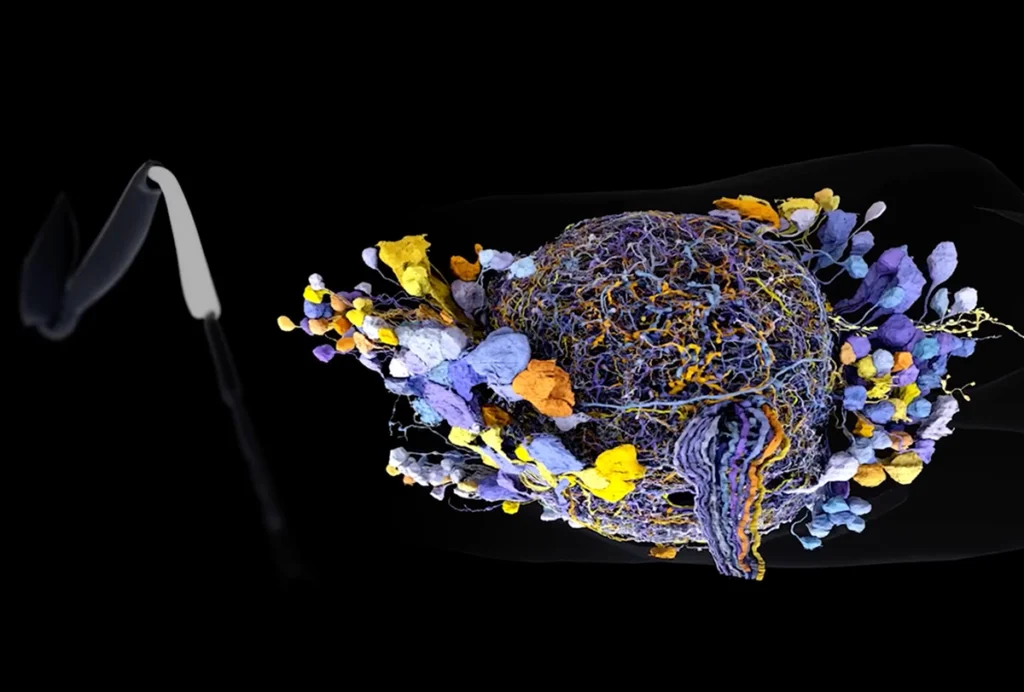
New connectomes fly beyond the brain
Researchers are mapping the neurons in Drosophila’s ventral nerve cord, where the central nervous system meets the rest of the body.
Building an autism research registry: Q&A with Tony Charman
A purpose-built database of participants who have shared genomic and behavioral data could give clinical trials a boost, Charman says.
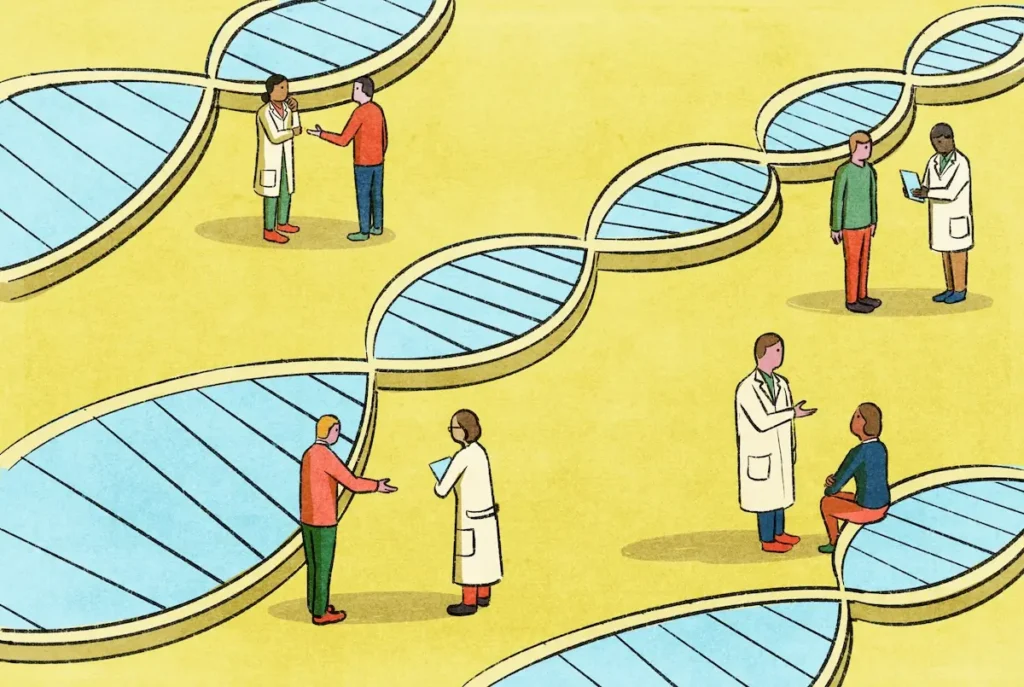
Building an autism research registry: Q&A with Tony Charman
A purpose-built database of participants who have shared genomic and behavioral data could give clinical trials a boost, Charman says.
Cerebellar circuit may convert expected pain relief into real thing
The newly identified circuit taps into the brain’s opioid system to provide a top-down form of pain relief.
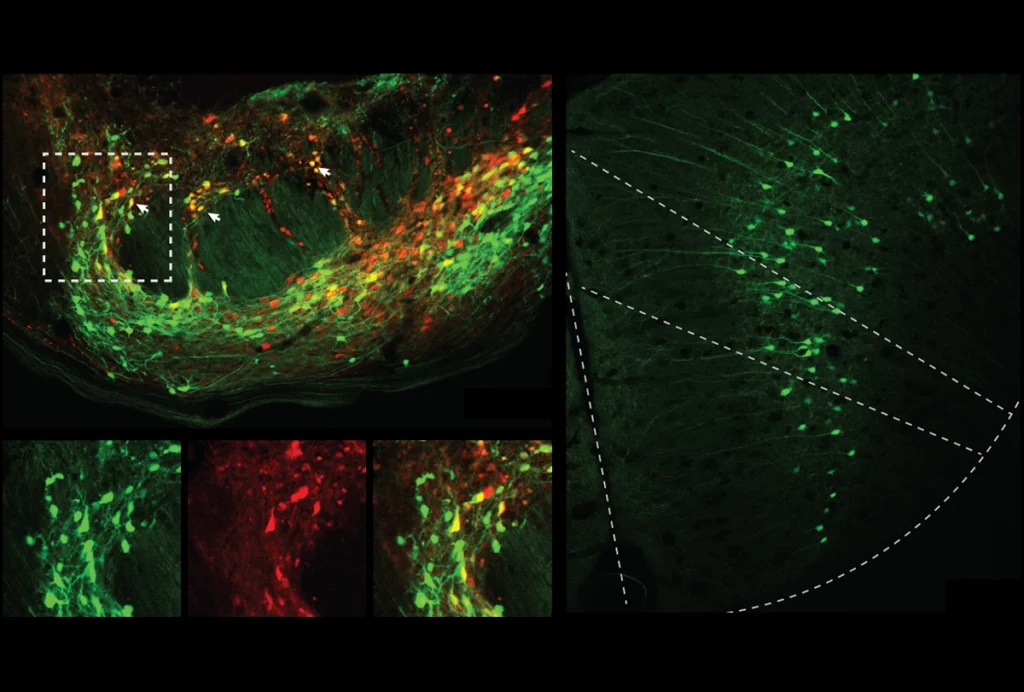
Cerebellar circuit may convert expected pain relief into real thing
The newly identified circuit taps into the brain’s opioid system to provide a top-down form of pain relief.